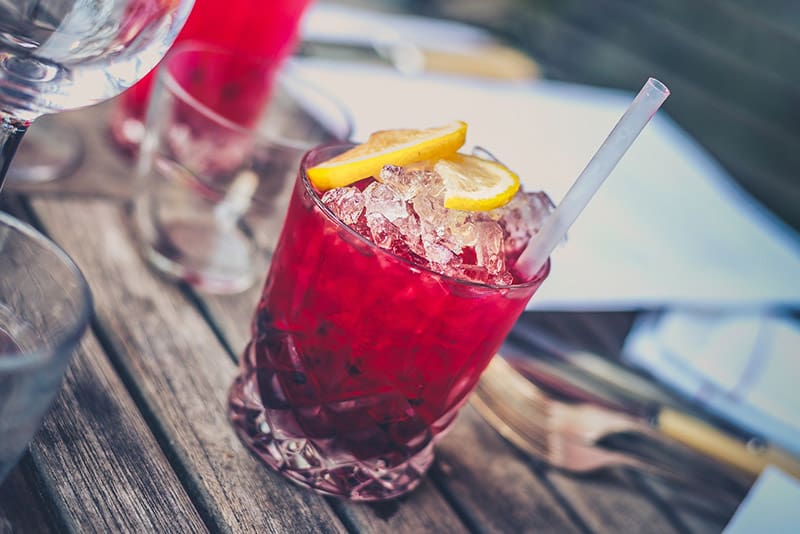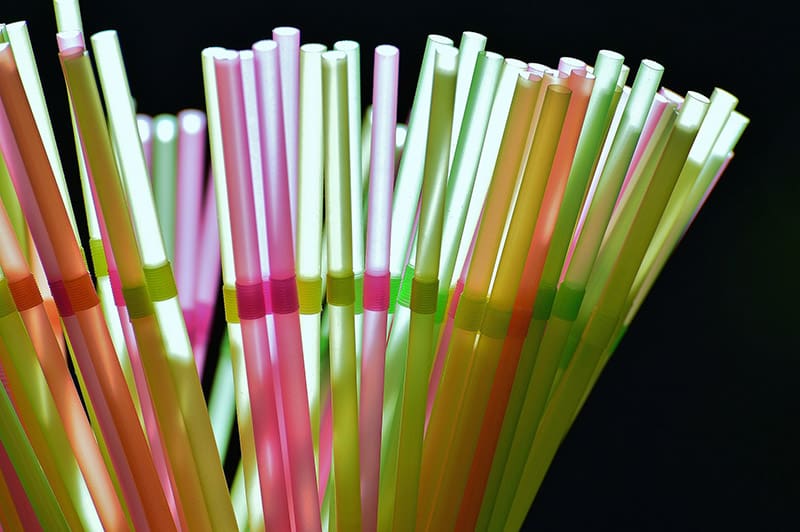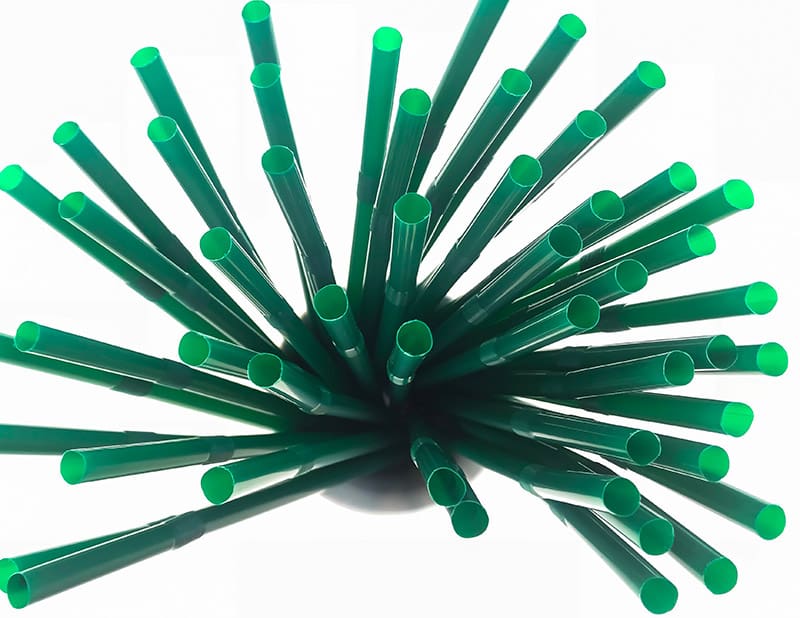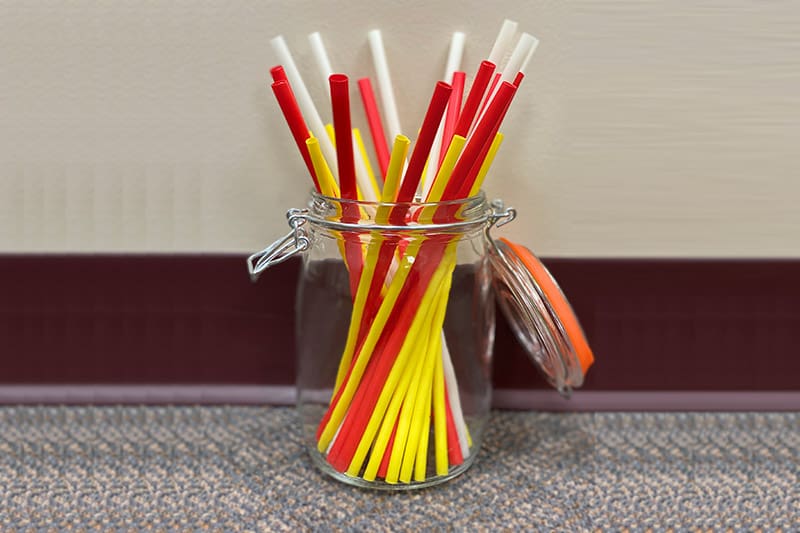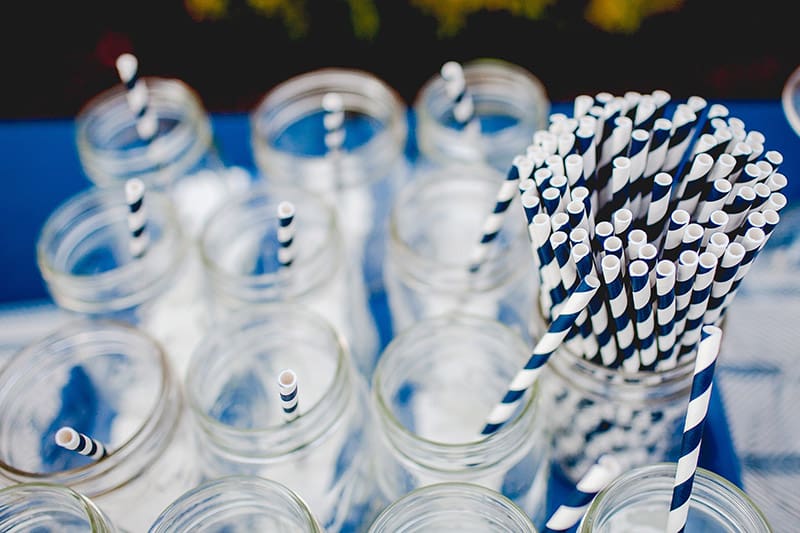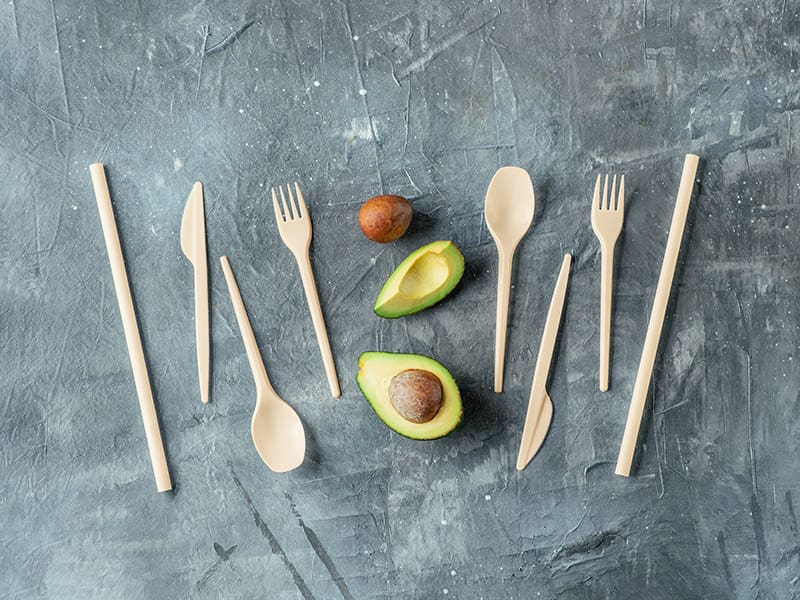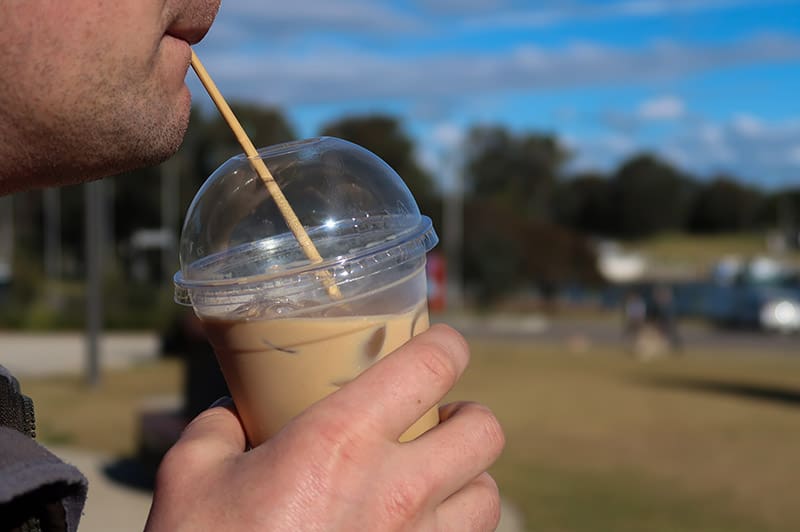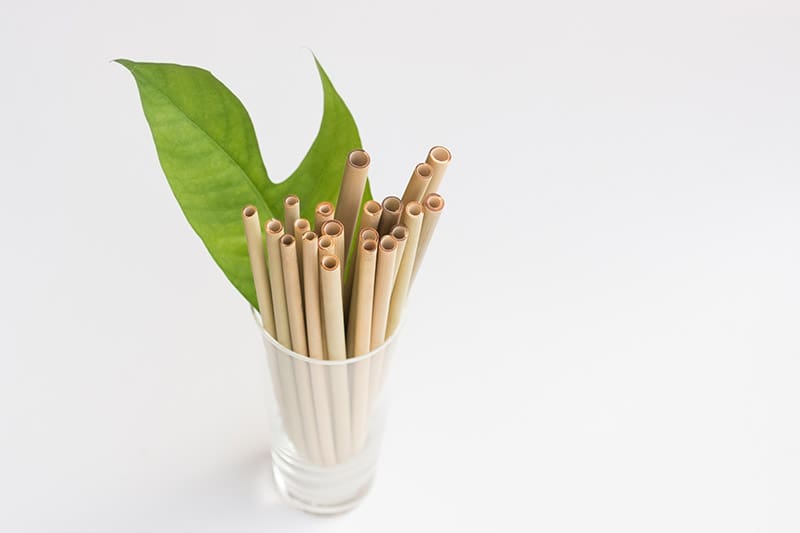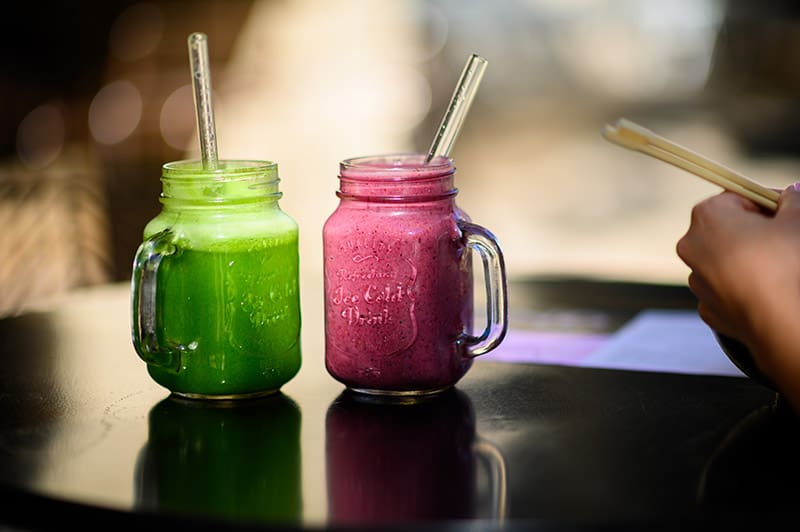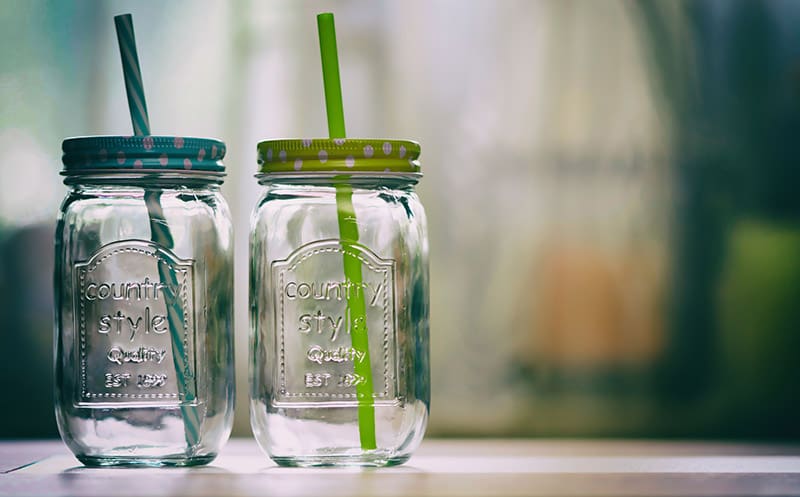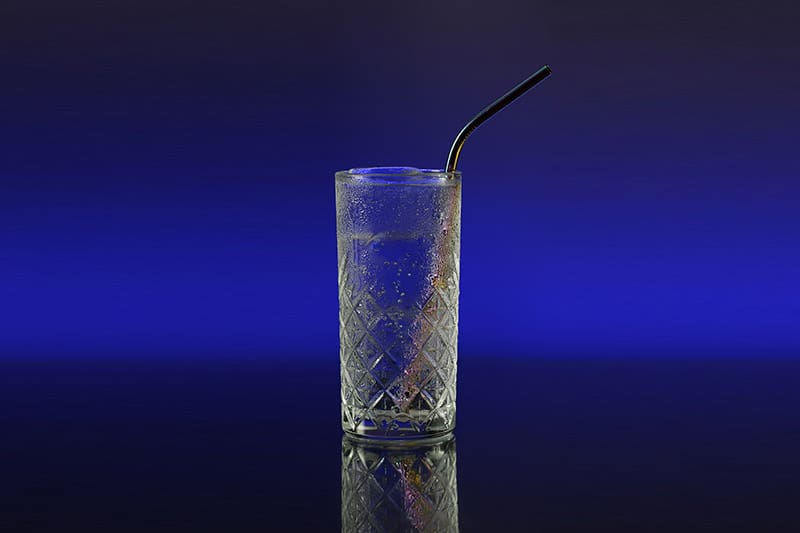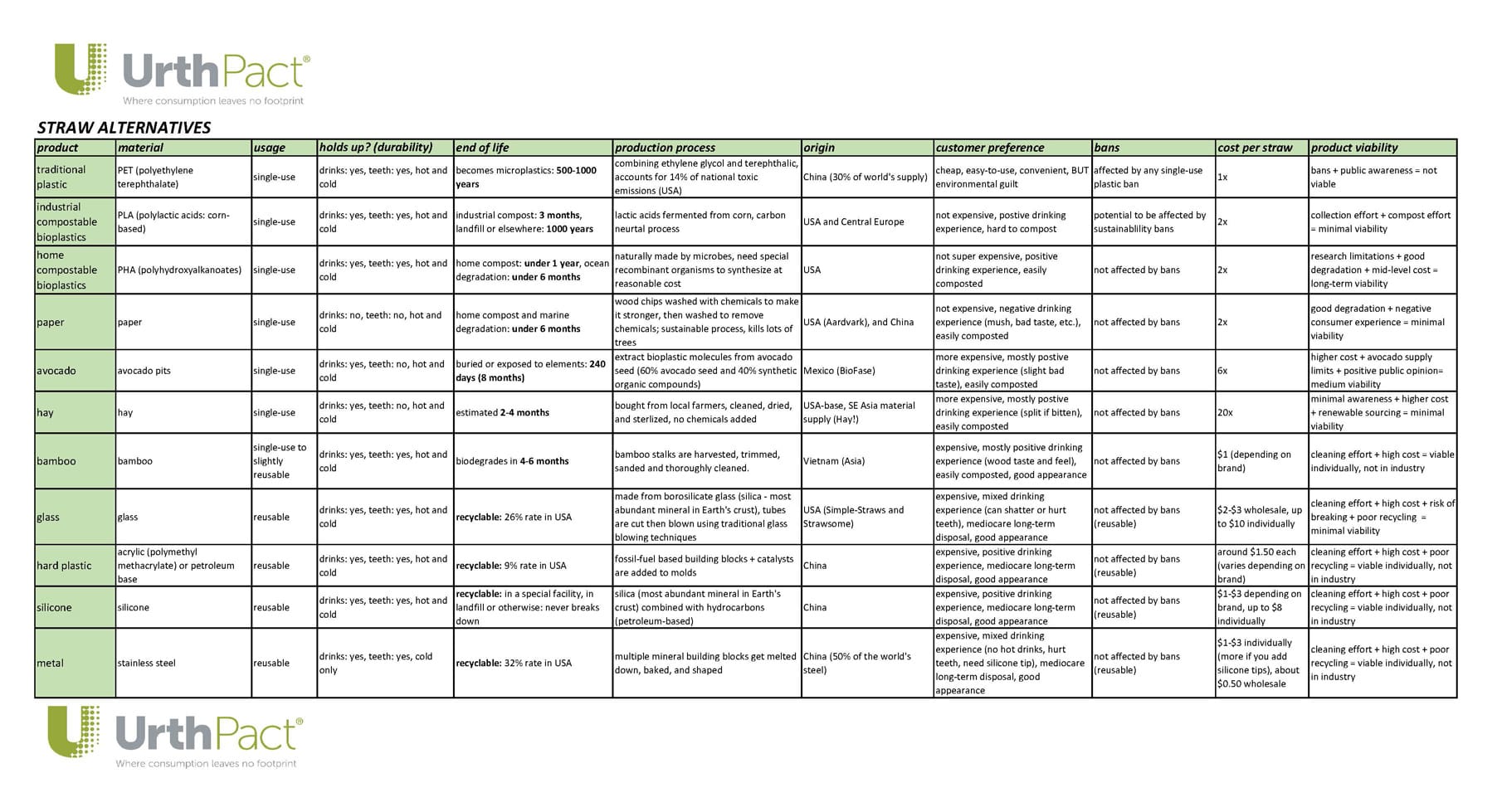The Great Straw Predicament – How Can You Satisfy Both Customers and the Planet?
Plastic drinking straws have been one of the top targets of the single-use plastics movement because of their easily disposable nature and a viral video of a sea turtle having a straw removed from its nose. Straws are something that can easily be replaced with more sustainable alternatives, whether those alternatives be reusable or single-usage. But what’s the BEST choice? How can you check all the boxes with a straw alternative: planet-approved, customer satisfaction, and ensured contaminant-free? Industries have many different choices for single-use straw alternatives, and different industries will have different organizational and customer needs to satisfy. And individual users will have different straw usage needs than larger industries.
When it comes to individual and personal usage, reusable straws may be the best option. Proper cleaning and safety are the most important considerations with the reusable options, but when being used in an individual setting, these can be easily accounted for. However, restaurants use hundreds of straws daily, so it’s not feasible to properly scrub hundreds of reusable straws. This requires a single-use option that not only takes the planet into account, but the cost of the product and the customer as well. Many single-use alternatives fall flat on customer expectations and experience, making it difficult to satisfy your customers that require or request a straw.
Paper straws are one of the biggest offenders of customer DISsatisfaction. While they are reasonably priced and (assumingly) harmless to the planet, most people are not going to have an enjoyable drinking experience. Especially when that paper straw is combined with a plastic to-go lid that only emphasizes the structural problems of the straw. Liquid quickly turns the straw to mush (even the best on the market will only last about an hour or 2), which leads to a bad taste in your mouth, and more likely, the need for a second straw to finish your drink. It’s also important to point out that paper straws aren’t necessarily as environmentally friendly as we all think. Because paper is an “inherently compostable” material, paper straws are not required to be certified by any governing body like BPI or TUV before claiming they are compostable or ocean-safe. While 100% paper is compostable, paper straws are NOT 100% paper — they include glues, inks, and most importantly, coatings to make them somewhat liquid-proof. Meanwhile, home compostable bioplastics sport certifications from a variety of sources stating their qualifications as compostable and marine-degradable, including TUV’s OK compost HOME and INDUSTRIAL certifications, a BPI certification, and successful ASTM D6691 test results.
Paper straws were a good first step. Industrial compostable PLA straws were also a good first step. The single-use industry has been working tirelessly to find a material that satisfies everyone’s needs: the buyer, the user, and the planet. Home compostable bioplastic straws like those made from PHA provide that solution. They meet the price point, perform as the customer expects and give a positive drinking experience, and will break down anywhere on Earth in under a year. The material and technology are groundbreaking, and the home compostable revolution is here to stay. As the Summer of Sustainability continues, it’s on all of us to encourage our local businesses to make better choices for our planet. The solution has arrived; let’s put it to use.
